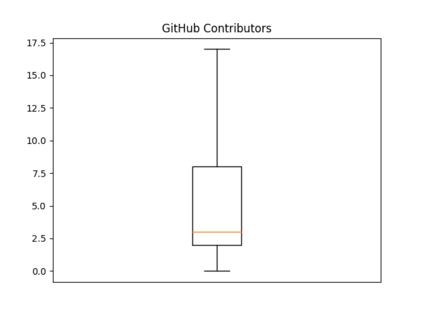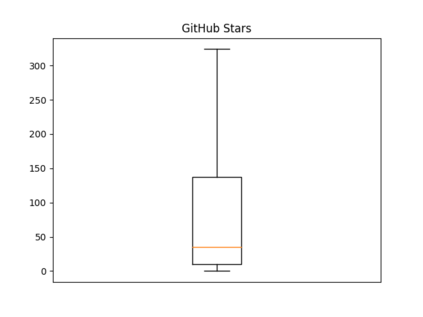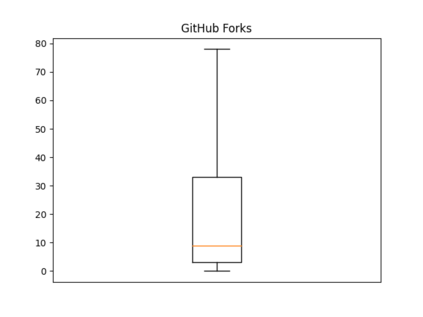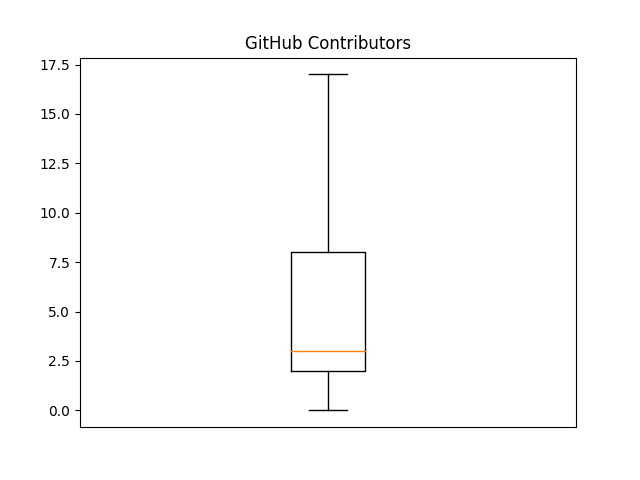Formal contracts and assertions are effective methods to enhance software quality by enforcing preconditions, postconditions, and invariants. Previous research has demonstrated the value of contracts in traditional software development contexts. However, the adoption and impact of contracts in the context of mobile application development, particularly of Android applications, remain unexplored. To address this, we present the first large-scale empirical study on the presence and use of contracts in Android applications, written in Java or Kotlin. We consider different types of contract elements divided into five categories: conditional runtime exceptions, APIs, annotations, assertions, and other. We analyzed 2,390 Android applications from the F-Droid repository and processed more than 51,749 KLOC to determine 1) how and to what extent contracts are used, 2) how contract usage evolves, and 3) whether contracts are used safely in the context of program evolution and inheritance. Our findings include: 1) although most applications do not specify contracts, annotation-based approaches are the most popular among practitioners; 2) applications that use contracts continue to use them in later versions, but the number of methods increases at a higher rate than the number of contracts; and 3) there are many potentially unsafe specification changes when applications evolve and in subtyping relationships, which indicates a lack of specification stability. Our findings show that it would be desirable to have libraries that standardize contract specifications in Java and Kotlin, and tools that aid practitioners in writing stronger contracts and in detecting contract violations in the context of program evolution and inheritance.
翻译:暂无翻译









